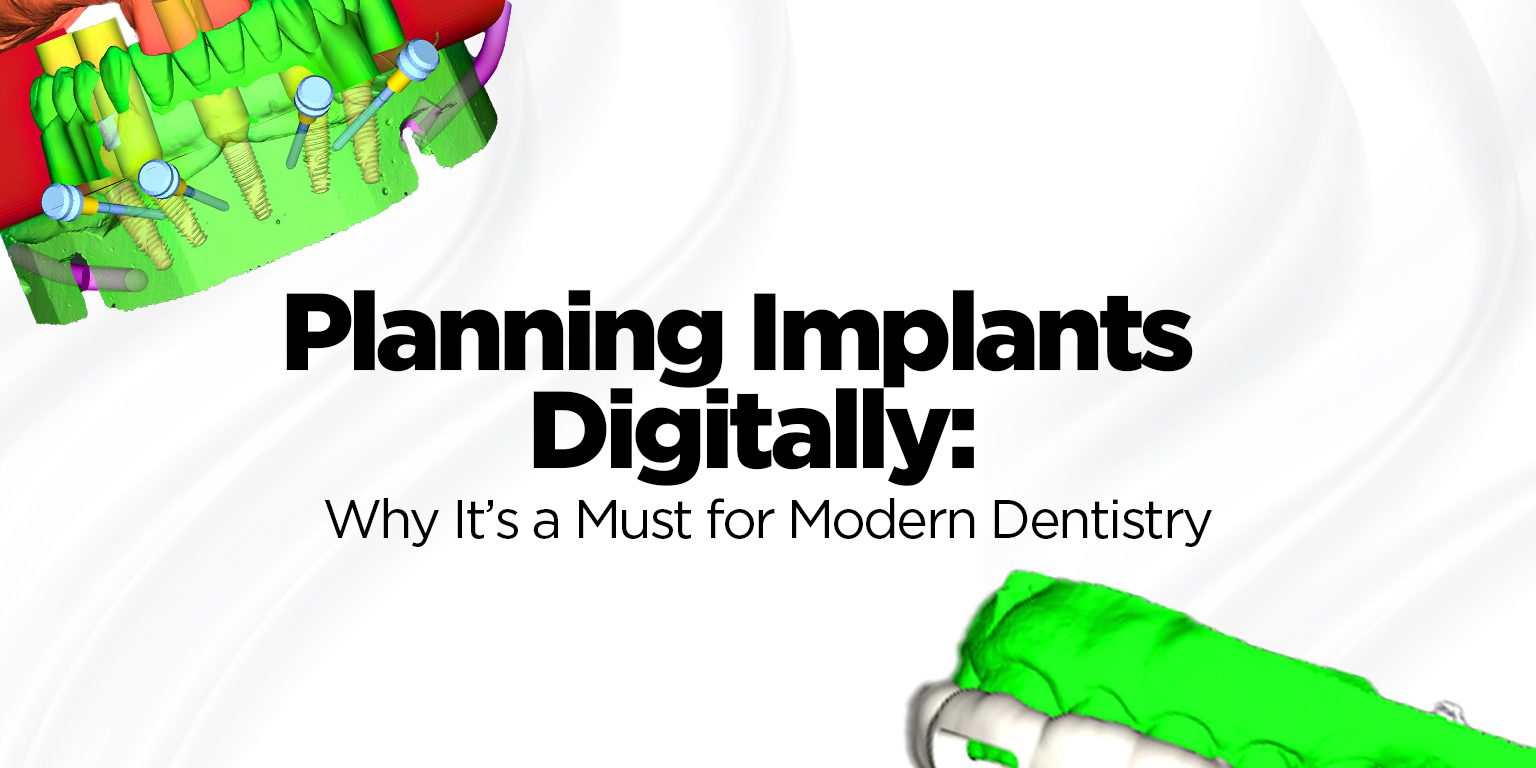Planning Implants Digitally: Why It’s a Must for Modern Dentistry
The evolution of implant dentistry has entered a new phase, one where digital accuracy directly impacts surgical and prosthetic success. As dental implants become a standard of care across a range of clinical scenarios, digital treatment planning has emerged as the cornerstone of safe, efficient, and esthetic outcomes.
At 3DDX, we enable clinicians to plan implants digitally with confidence. From initial CBCT imaging to guided surgery and prosthetic delivery, our digital workflows are engineered for precision and optimized for the realities of today’s clinical practice.
From Freehand to Fully Guided: A Paradigm Shift in Implantology
Historically, implant placement was done freehand, often guided by 2D radiographs and clinical landmarks. While this method worked for experienced hands, it introduced significant risks; improper angulation, nerve exposure, inadequate depth, and prosthetic misalignment. Today, digital treatment planning offers a clear alternative. By visualizing the patient’s anatomy in three dimensions, clinicians can place implants exactly where they need to be, both surgically and prosthetically.
This shift to digital ensures greater safety, optimizes use of available bone, and aligns placement with the intended final restoration. More importantly, it minimizes guesswork. As a result, surgical complications decrease, and patient outcomes become more predictable and consistent across various case types. 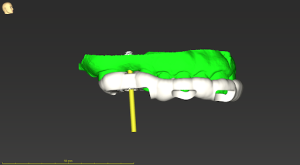
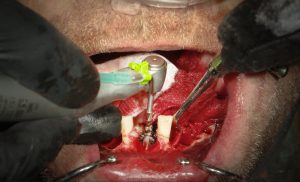
Inside the 3DDX Digital Planning Workflow
At 3DDX, we’ve developed a digital planning ecosystem that aligns surgical precision with prosthetic accuracy. The process begins with case submission, where clinicians upload CBCT scans, intraoral records, and clinical notes to our secure digital platform. From there, our trained technicians collaborate with the clinician to map out the ideal implant position. Taking into account bone volume, esthetics, occlusion, and prosthetic design.
Once approved, a custom surgical guide is designed and fabricated, whether tooth-, bone-, or tissue-supported, ensuring the plan is executed exactly as intended. The result is a seamless transition from digital planning to clinical reality, reducing time in the chair and eliminating avoidable errors.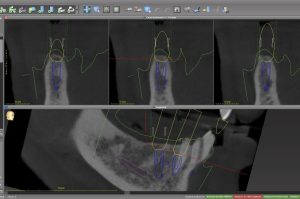
Transforming Clinical Decision; Making Through Digital Visualization
Digital treatment planning gives clinicians powerful insights that extend beyond implant positioning. For example, the software allows detailed evaluation of bone density, visualization of the mandibular canal and sinus floor, and measurement of restorative space, all before a single drill touches the patient.
For anterior esthetic cases, digital tools assist in aligning implants with gingival margins and smile design. In full-arch cases, they allow precise angulation and spacing, which are crucial for load distribution and long-term success. This kind of visibility is simply not possible with freehand approaches, and it empowers clinicians to make proactive, informed decisions that improve patient outcomes.
When Digital Planning Makes the Biggest Difference
Digital planning benefits every implant case, but it becomes especially critical in challenging or high-stakes scenarios. For example, posterior sites with limited vertical space, anterior restorations in the smile zone, and immediate post-extraction implant placement all demand a high level of precision. Full-arch and All-on-X workflows also benefit tremendously from digital planning, as the angulation and distribution of multiple implants directly impact prosthetic fit and durability.
Even in single-tooth restorations, digital planning offers value by simplifying occlusal design, ensuring proper emergence profile, and aligning implants with final crown contours. Regardless of the case complexity, digital planning delivers added layers of safety, predictability, and clinical control.
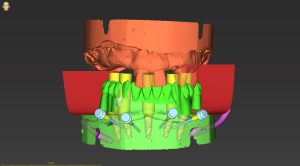
Beyond Surgery: How Digital Planning Enhances the Entire Workflow
The value of digital planning doesn’t end once the implant is placed. Because the plan is prosthetically driven from the beginning, it integrates seamlessly into the restorative phase. With implant positions already optimized for crown placement, clinicians face fewer chairside adjustments and less patient discomfort. Lab communication becomes faster, and restoration delivery is more predictable.
In practices that adopt a fully digital workflow, turnaround times are reduced, clinical visits become more efficient, and patient satisfaction improves. The digital file becomes a central hub that unites surgical, restorative, and laboratory teams—saving time and eliminating miscommunication.
Why Clinicians Choose 3DDX for Digital Planning
What sets 3DDX apart is not just our technology, but the clinical insight built into every case. Our planning protocols are designed for biological compatibility, prosthetic efficiency, and patient-specific considerations. We provide full support throughout the process, including access to dedicated surgical planning technicians, real-time collaboration, and guide customization tailored to each clinician’s preferences.
With integrations to systems like Planmeca, Vatech, Morita, and Exocad, 3DDX fits seamlessly into existing digital ecosystems. Whether you’re working with single implants, All-on-X conversions, or complex reconstructions, our platform is flexible, scalable, and always focused on precision.
Conclusion: A New Standard in Implant Dentistry
Digital planning has evolved from an option into a clinical necessity. With increasing patient demand for faster, safer, and more esthetic implant treatments, clinicians must rely on tools that support accuracy from diagnosis to final restoration. At 3DDX, we offer a fully supported digital treatment planning workflow that enhances clinical outcomes while reducing risks and inefficiencies.
Whether you’re placing one implant or planning a full-arch rehabilitation, digital workflows provide the clarity and confidence every modern practice needs.

 Support
Support FINE-TUNE
FINE-TUNE ORDER SERVICES
ORDER SERVICES PRODUCT SHOP
PRODUCT SHOP 1-866-834-7925
1-866-834-7925